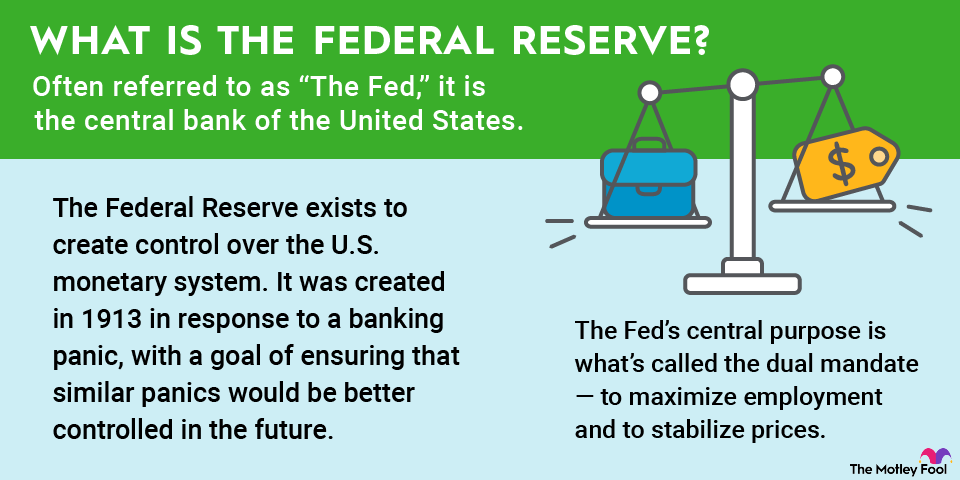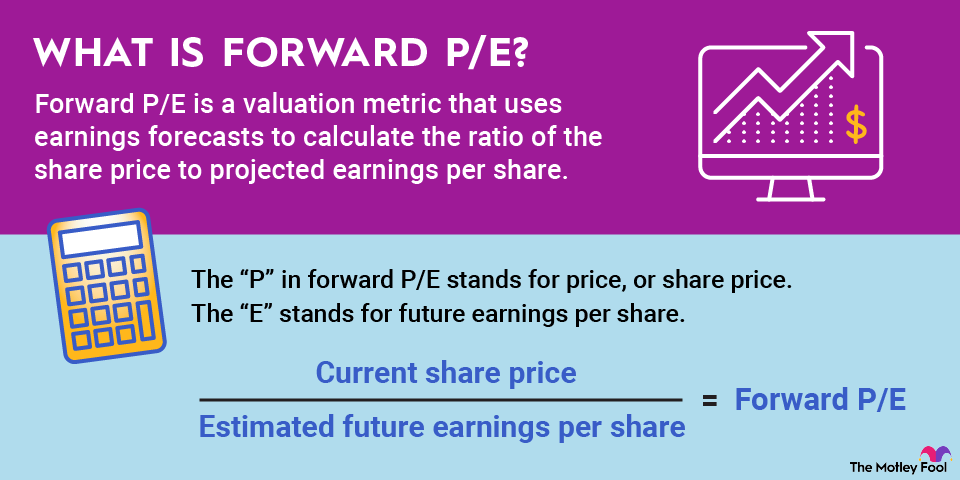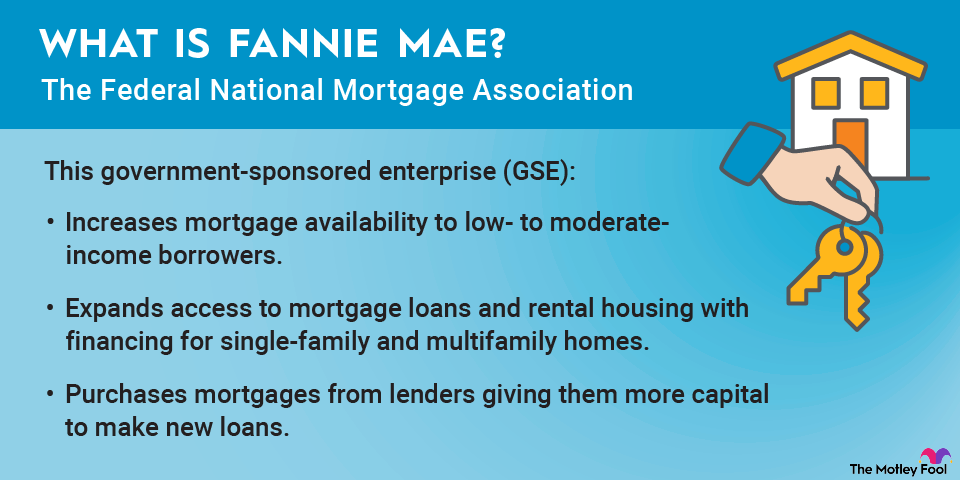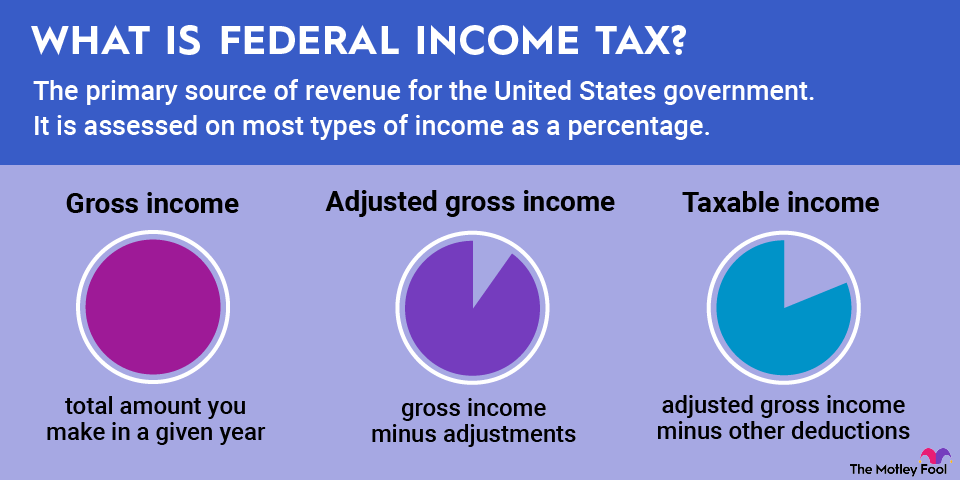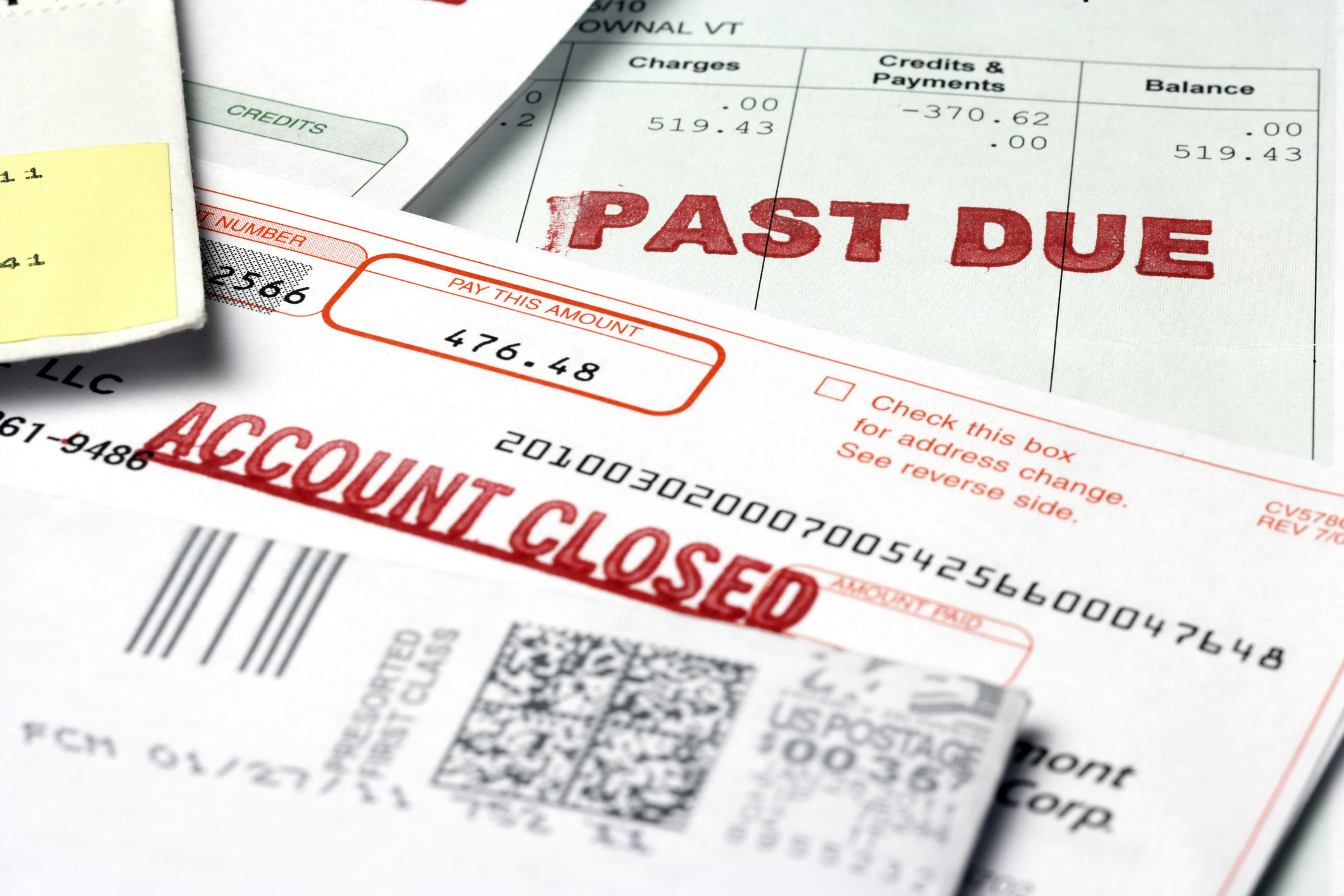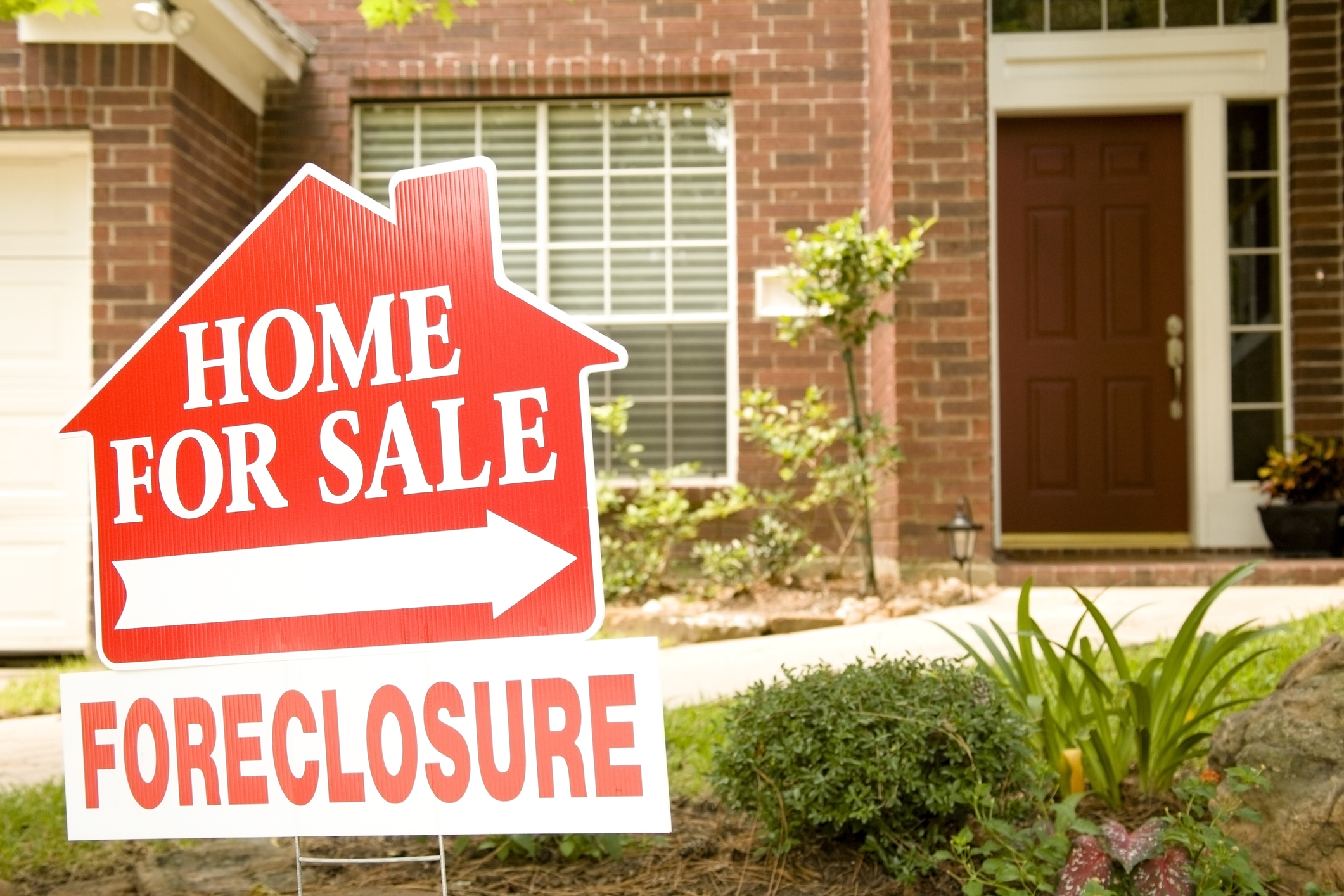The steps leading up to a foreclosure
Foreclosures can vary slightly depending on the laws of the state in which you live, but generally speaking, they follow fairly similar steps. The time from start to finish of any foreclosure can vary based on a number of factors, but the state in which the foreclosure takes place has the largest influence.
- Miss a payment. Most mortgages allow the borrower to pay their payment up to the 15th of the month without a penalty. But cross into that 16th day, and you’re going to start to accrue added fees and catch the attention of your mortgage holder.
- Receive a demand letter. After two missed payments, you’ll get a demand letter. This is basically requesting your past due payments and late fees, along with a list of ways to resolve the issue.
- Receive a notice of default. Three missed payments, or being 90 days past due, result in a notice of default in most cases. You can still redeem your property, but your reinstatement period kicks off with the letter, and if you don’t catch up before it’s over, foreclosure begins.
From here, the process depends on your state, but you will lose your home, it will be sold to someone else, and you will have to move out. A foreclosure stays on your credit record for seven years, and you may or may not be liable for any outstanding balance on your mortgage that the lender was unable to recover by selling the property.


